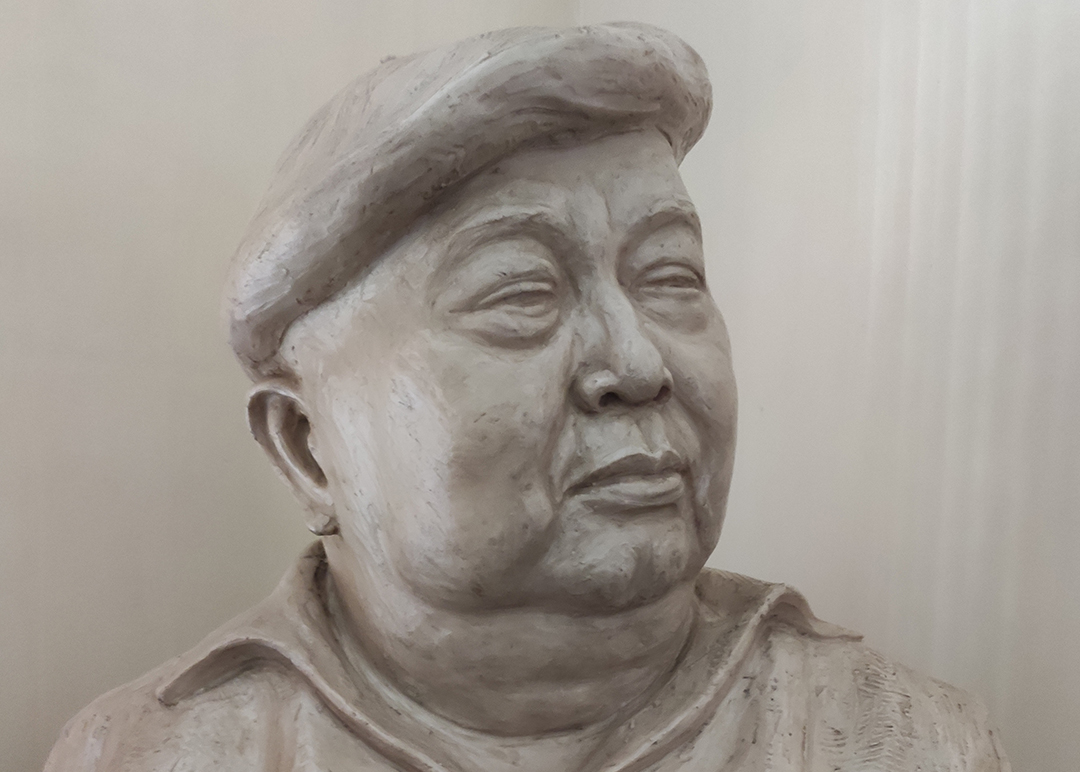Words by National Artist F. Sionil Jose
I was a teenager in World War II and the three years of travail during the Japanese Occupation matured my generation early. Since then, and especially when I was in college, my curiosity about Japan broadened. Here is a country with meager arable land—just thirty percent compared to our seventy percent, with no resources than its people—how dare it challenge the United States, how did it become a world power?
The opportunities for me to know Japan more came when, as a writer, the Japan Foundation granted me a one-month fellowship in the Seventies to visit Japan and get to know more how it modernized. I travelled around the country, met scholars and writers. Since then, I’ve been to Japan several times to attend Japan Foundation sponsored conferences, among them, on Asian Security Cultural renewal, and of course, ongoing academe and writer meetings.
I got to appreciate Japan’s school system, how children are taught manners, and ethics. I have always been interested in agrarian reform and it is Japan where a massive land reform was instituted by General MacArthur. I personally knew his aide, Wolf Ladejinsky, who authored that program that hastened social change and truly democratized the country.
The Foundation has also sent Japanese writers to Manila as well as its distinguished academics to lecture on issues of mutual interest. I have attended most of those lectures.
My most important grant from the Japan Foundation was to do research on General Artemio Ricarte, the 1896 Revolutionary leader who went into exile in Japan for almost four decades after the conclusion of the Philippine-American war in 1898. Collaboration with the Japanese during the war had riled Filipinos; many collaborators professed patriotism, that without them, Japanese rule would have been harsher. It must be remembered, however, that many Filipinos had appreciated the Japanese who, during the 1896 revolution had offered assistance. Furthermore, the Japanese presented themselves as enemies of American imperialism and were liberators. Technically, Ricarte cannot be accused of collaboration—he never pledged allegiance to the United States.
I stayed several months in Tokyo and was given all the assistance I needed. I was able to know more about Ricarte, his wife, how he lived simply in Yokohama, and got a job teaching Spanish to Japanese immigrants to South America. I was able to interview a couple of his Japanese colleagues—both civilians who went with him in Fundang, Ifugao where he died of complications of old age, malnutrition. His story is indeed pathetic. I had embarked on the research thinking he was a tragic hero. He was merely tragic. The Japanese, recognizing his importance, helped them in their pacification campaign. But he was already too old to be of much help. He did assist Filipinos who had problems with the Japanese. He also formed KALIBAPI to fight the guerillas. During the Liberation, he elected to flee with the Japanese to their last redoubt in the Cordilleras. If I may make a final judgment on the man, to the very end, he was both a Filipino patriot and nationalist and Japanese collaborator who did not abuse his power the way some collaborators did. As a political issue, collaboration with the Japanese was settled when many of the collaborators were elected to high public positions, but as a moral issue it still bothers the national conscience.
In those months that I was researching on Ricarte, I also learned a lot about Japan’s rise as a military power motivated by ultra-nationalism and how this power became the logical motive for empire. From the Japanese point of view, there were valid reasons for Japan to wage war on the United States which had imposed economic sanctions, strangling Japan’s need for oil. I also witnessed Japan’s recovery after its devastation during the war—this was not only possible but inevitable with a highly motivated people and an intellectual infrastructure of modernity.
Aside from such grants, the Foundation has brought to the country the best of its cultural achievers, among them the works of Japanese master movie makers like the late Akira Kurosawa.
I remember a magnificent Koto concert and marveled at what a master musician can produce from such a stringed instrument. Then, there was also a memorable stage performance of the Buto that was a revelation to me. I had hoped it will be possible to bring Kabuki to Manila, but I suppose it is not possible. The Kabuki stage is unique. The Japan Foundation also manages a language school. With a knowledge of the language, the window to understanding the country becomes wider. I can’t speak the language but through the years, more and more Filipinos are becoming proficient in the language. If anything, we Filipinos can learn from Japan—our memories notwithstanding.
It is this: we can modernize if we hold on to the ideals of country and ethics as Japan had done after World War II. I emphasize ethics for this is what Japanese society is—all its rituals aside, is an ethical nation.
F. Sionil Jose is a writer, publisher, and lecturer. He was awarded the CCP Centennial Honors for the Arts in 1999; the Outstanding Fulbrighters Award for Literature in 1988; and the Ramon Magsaysay Award for Journalism, Literature, and Creative Communication Arts in 1980. And in 2001 he was given the title of National Artist for Literature.







